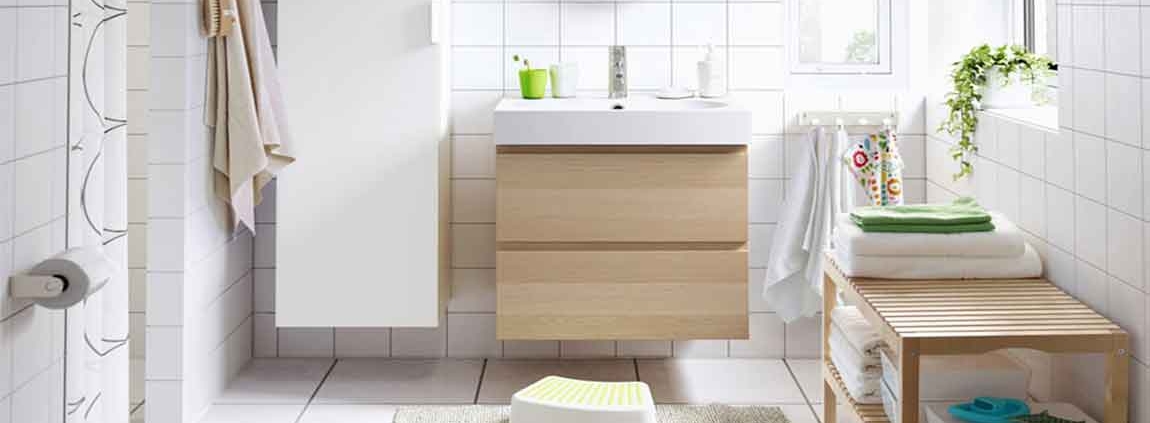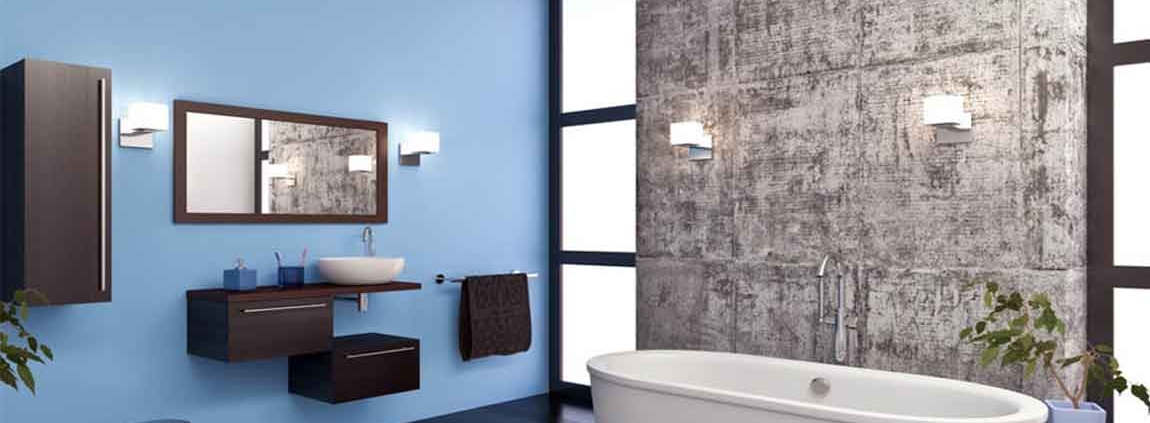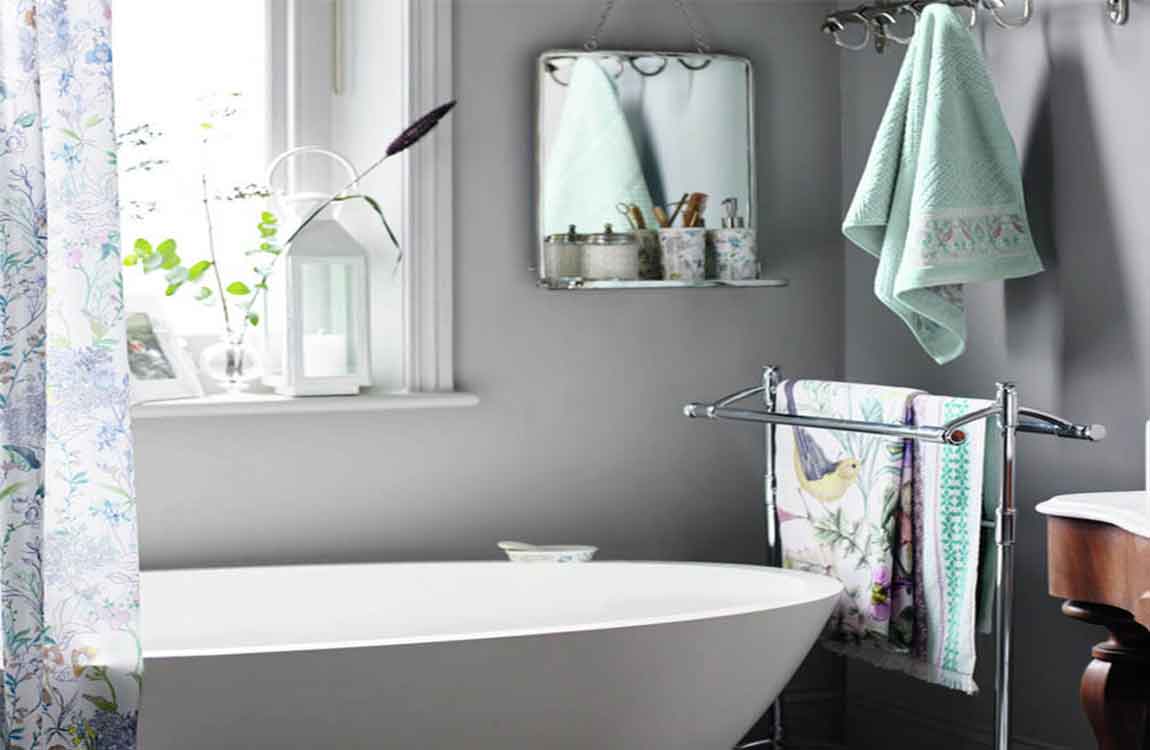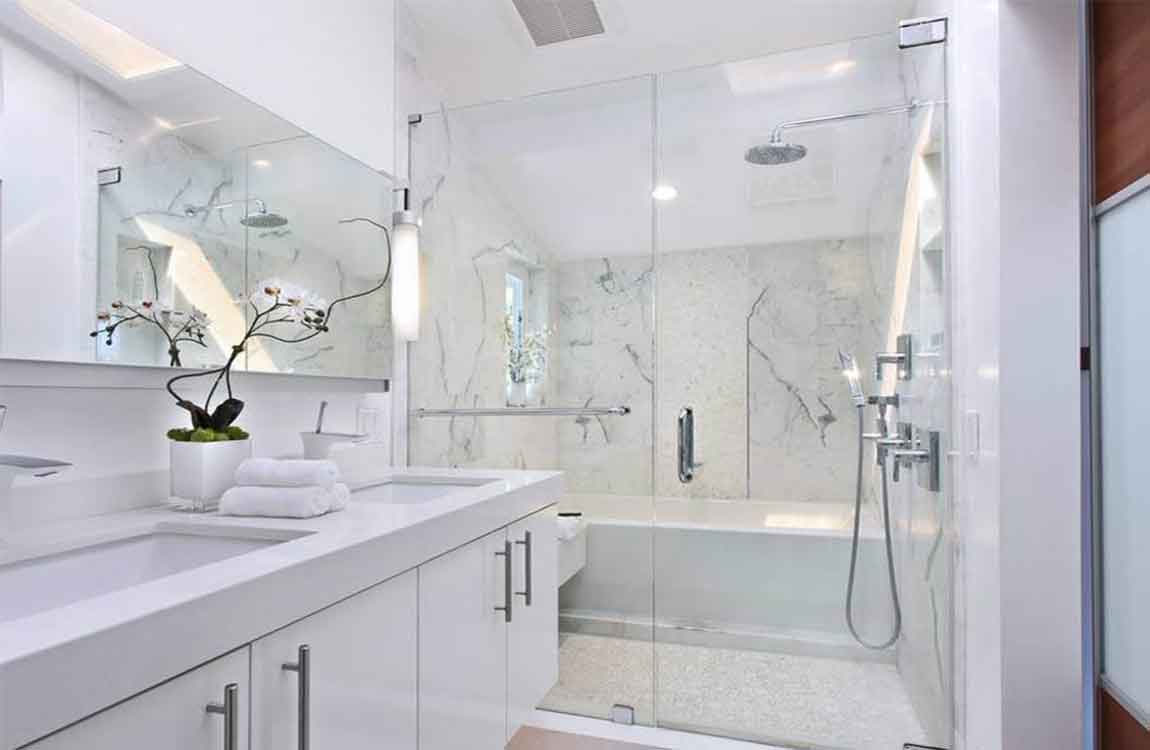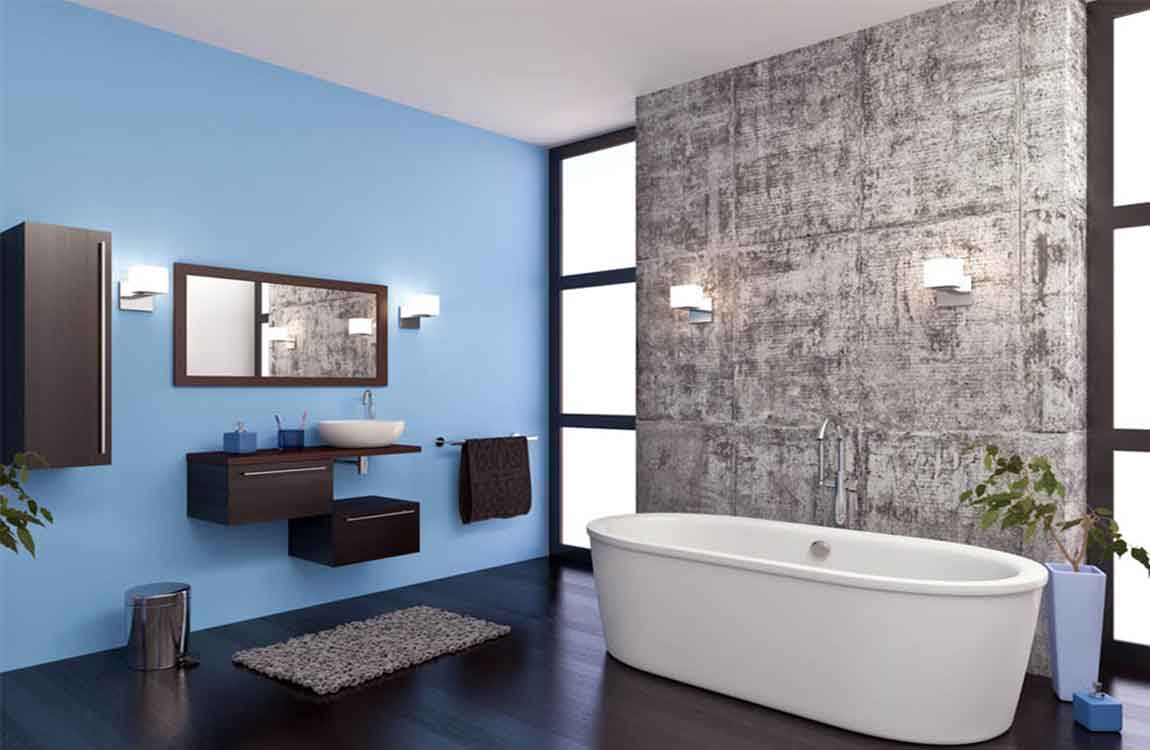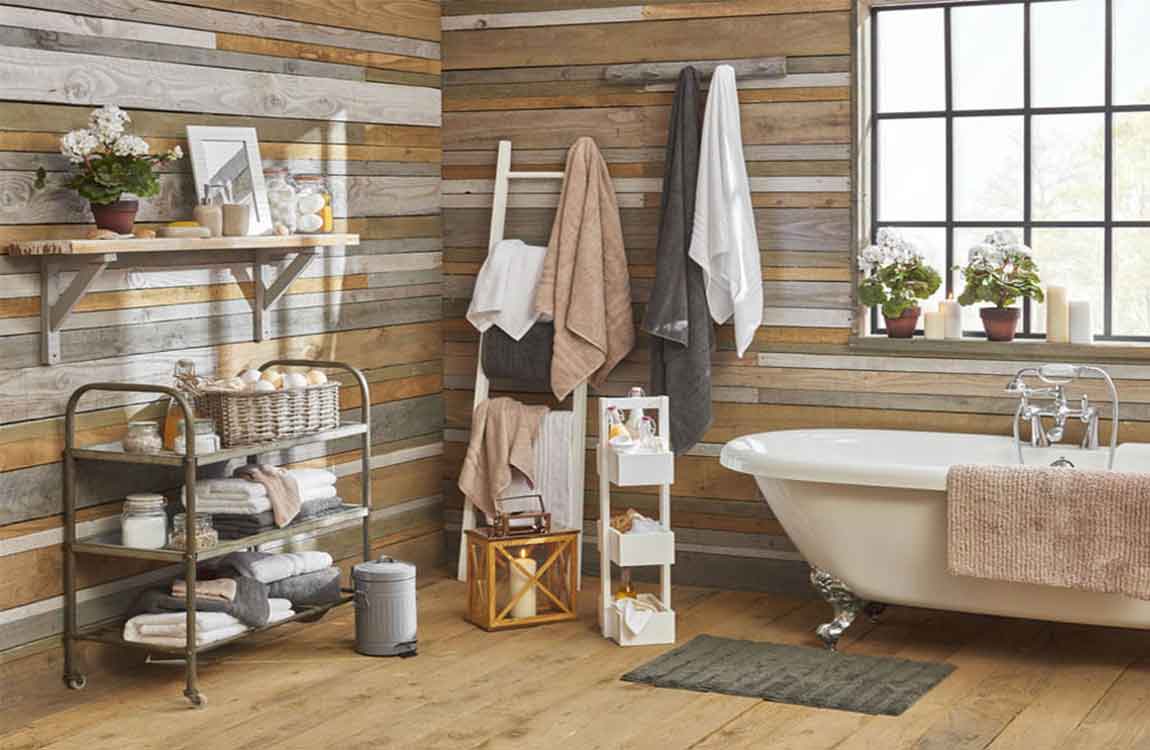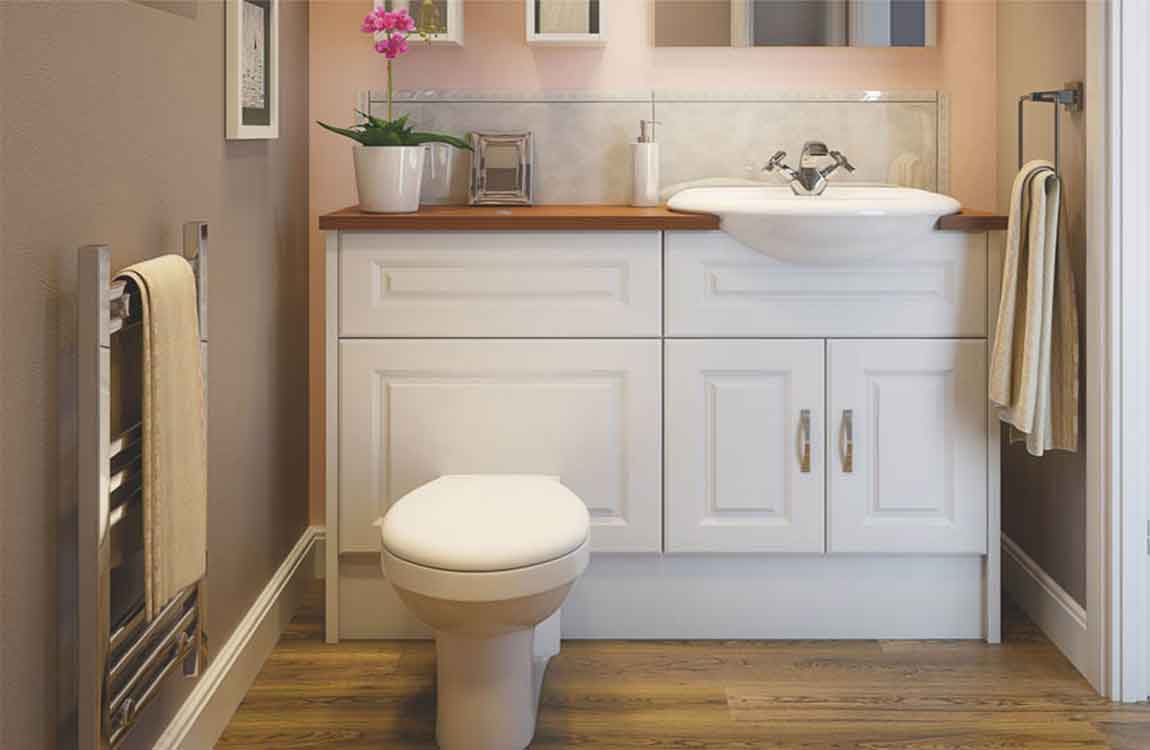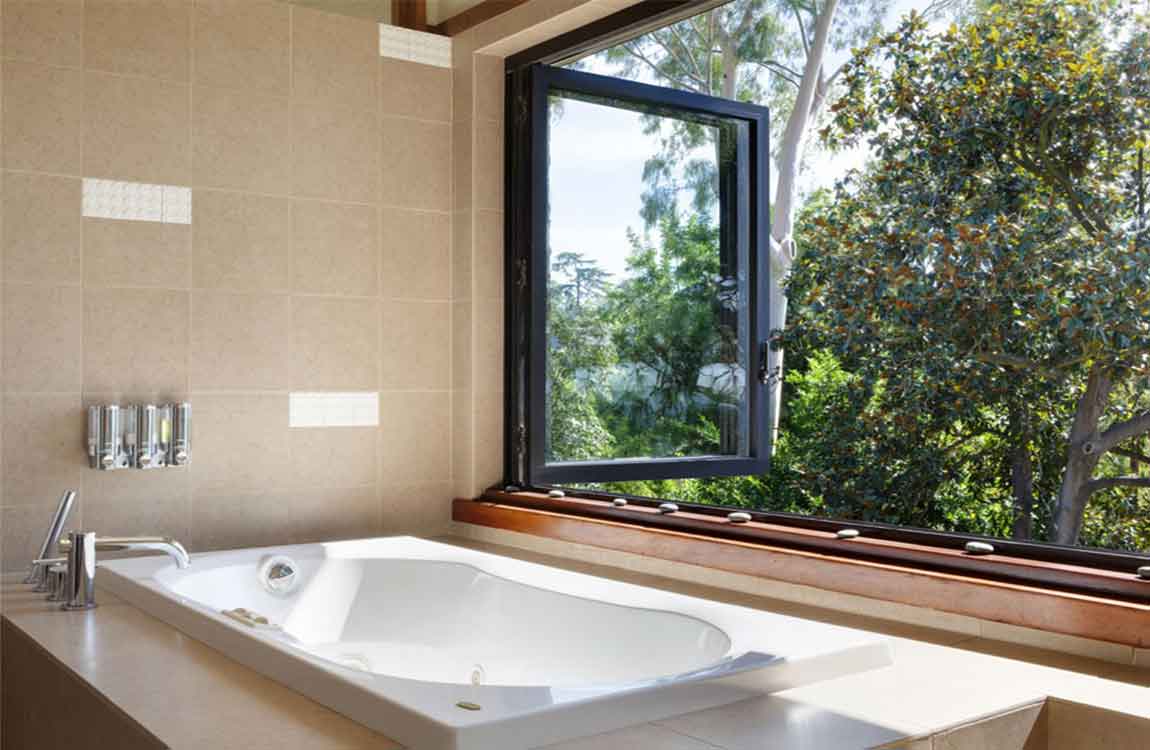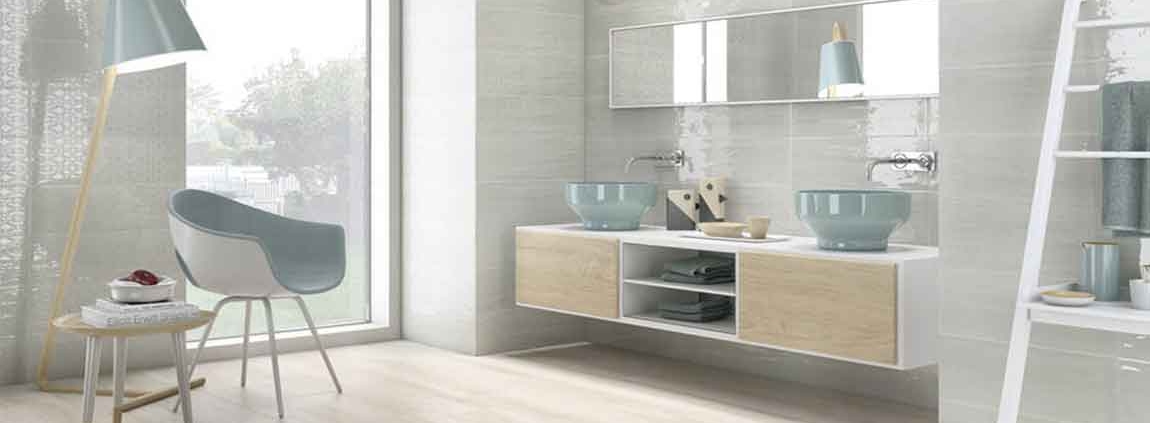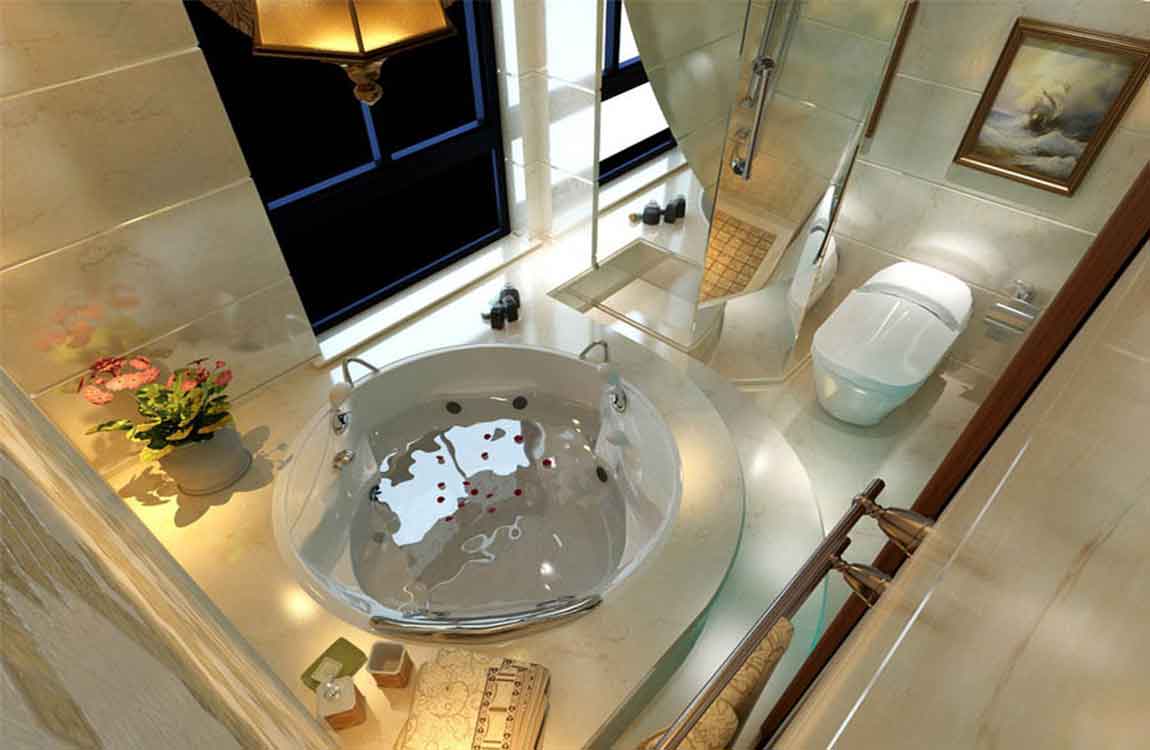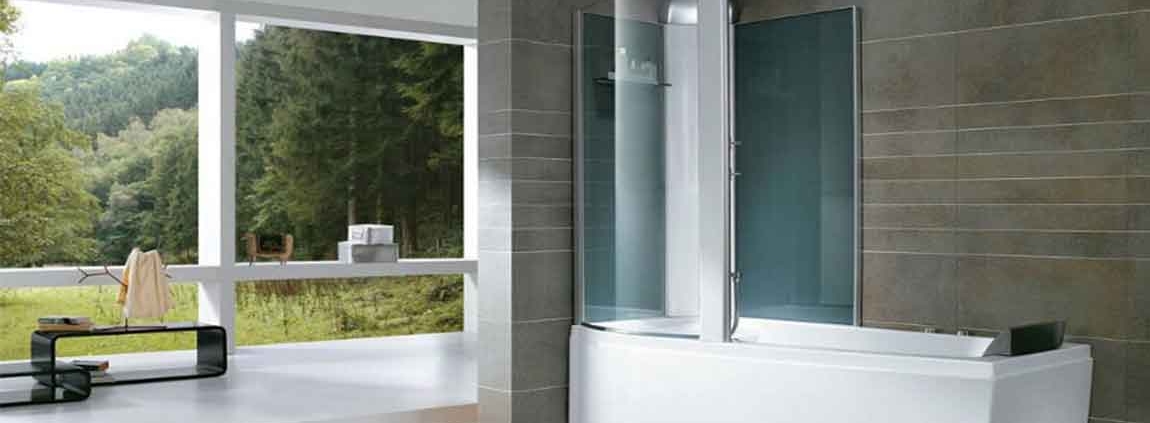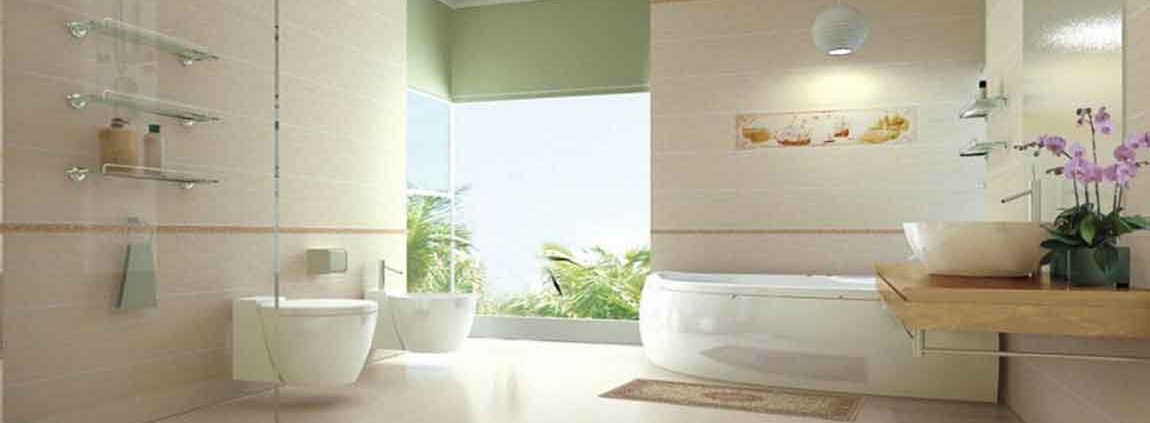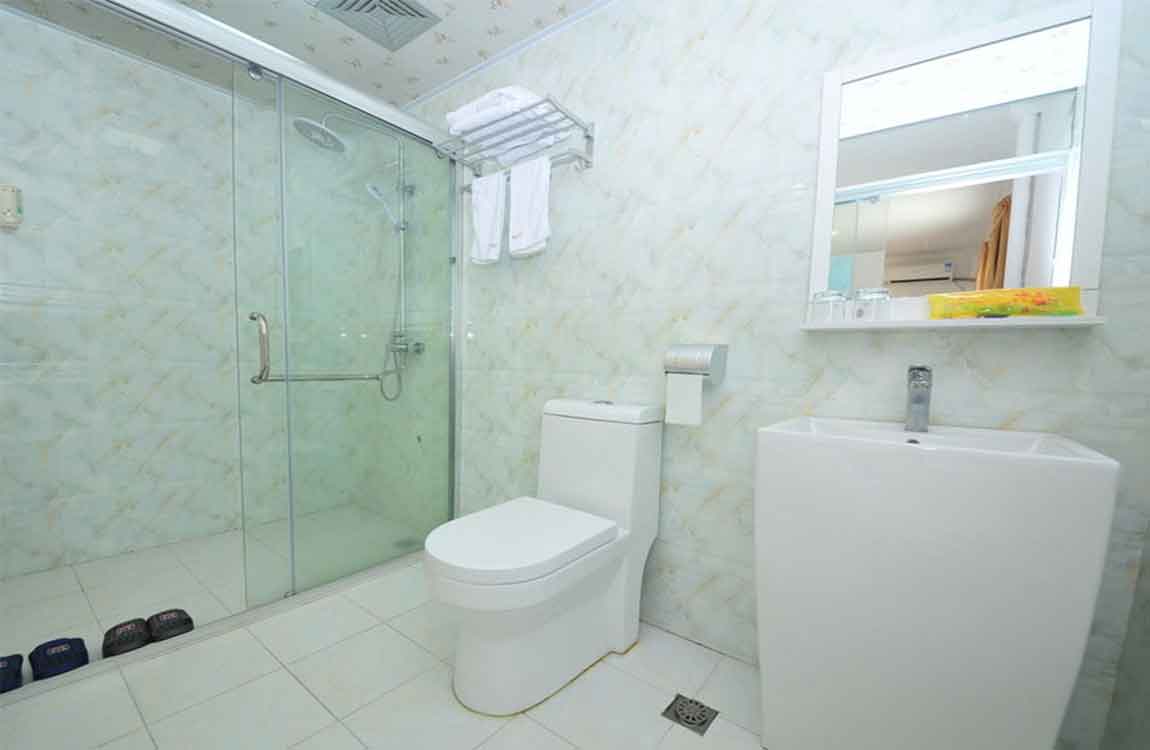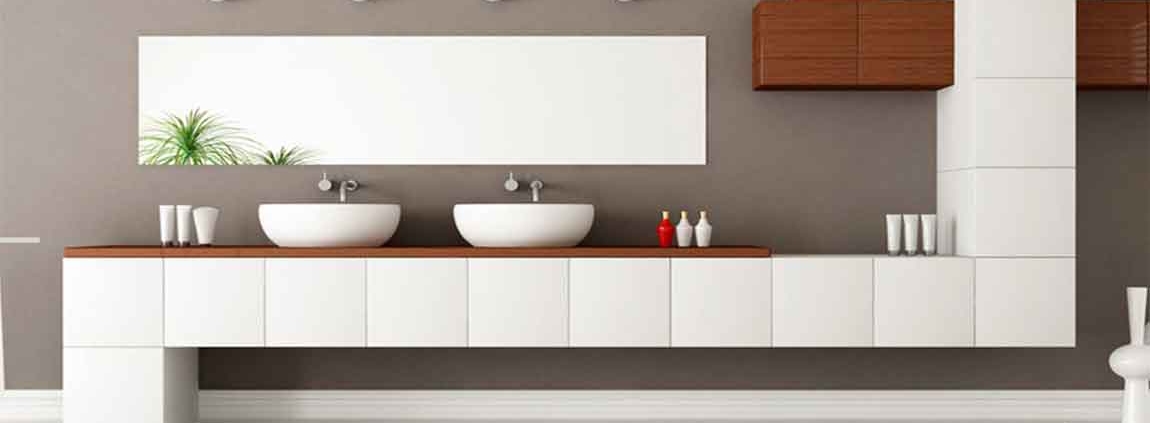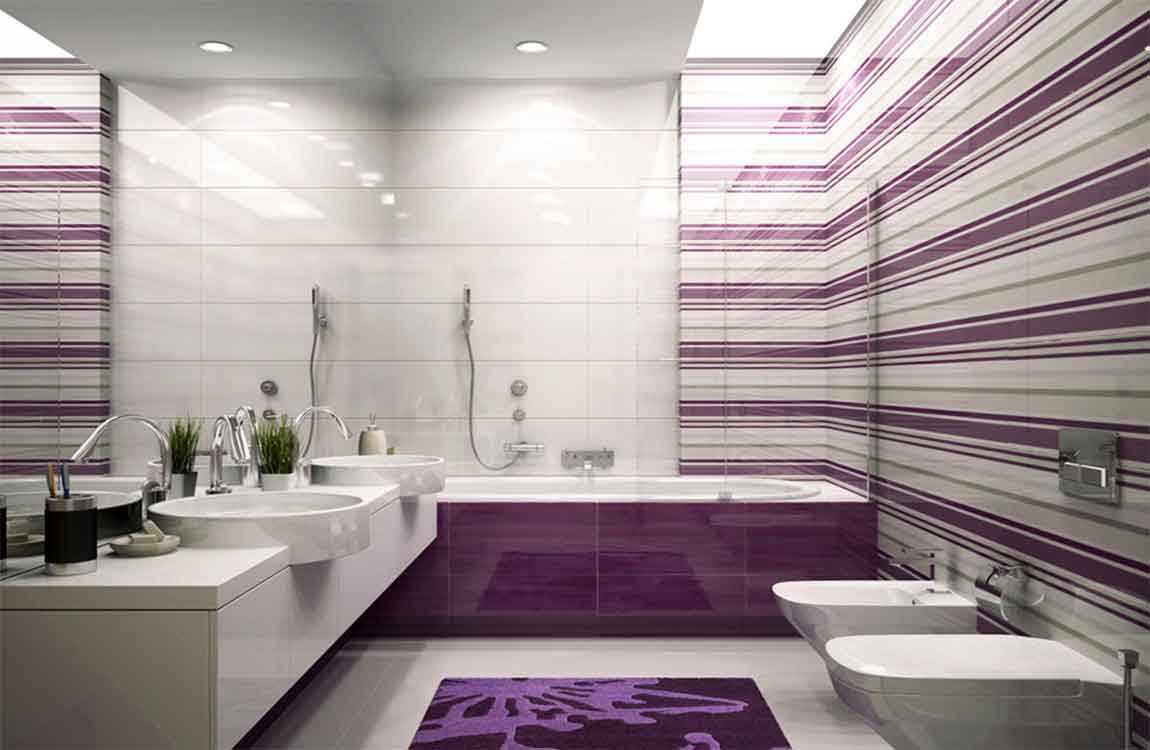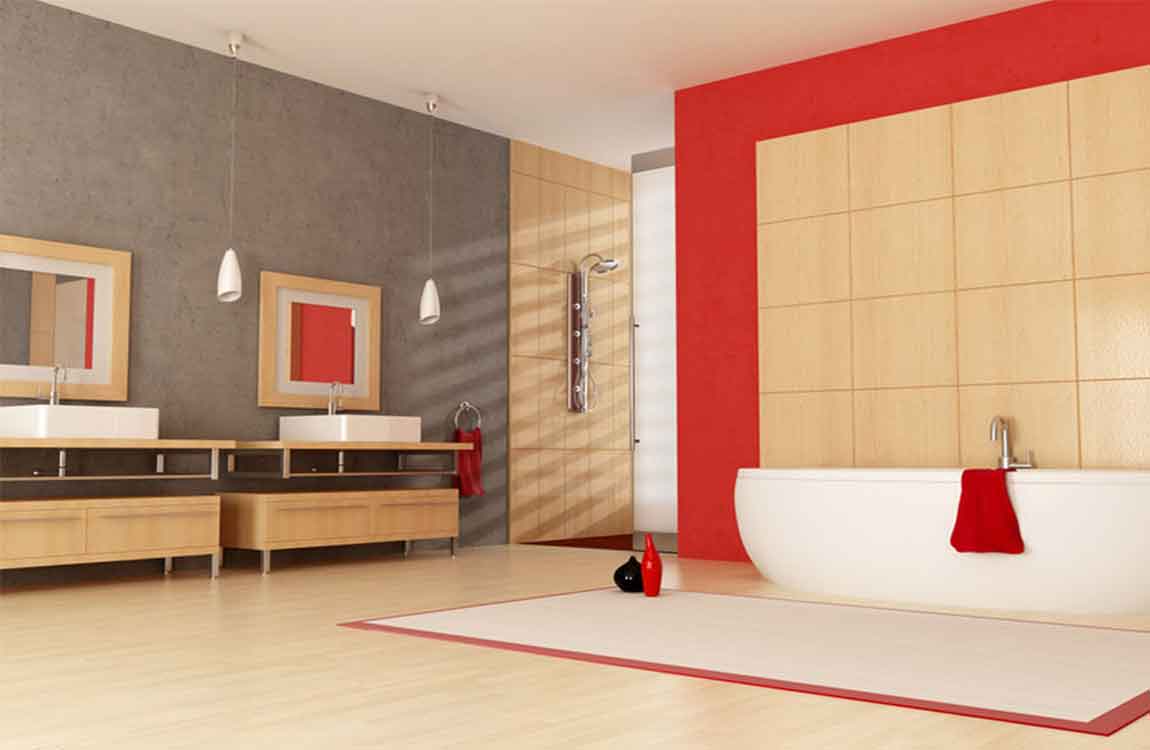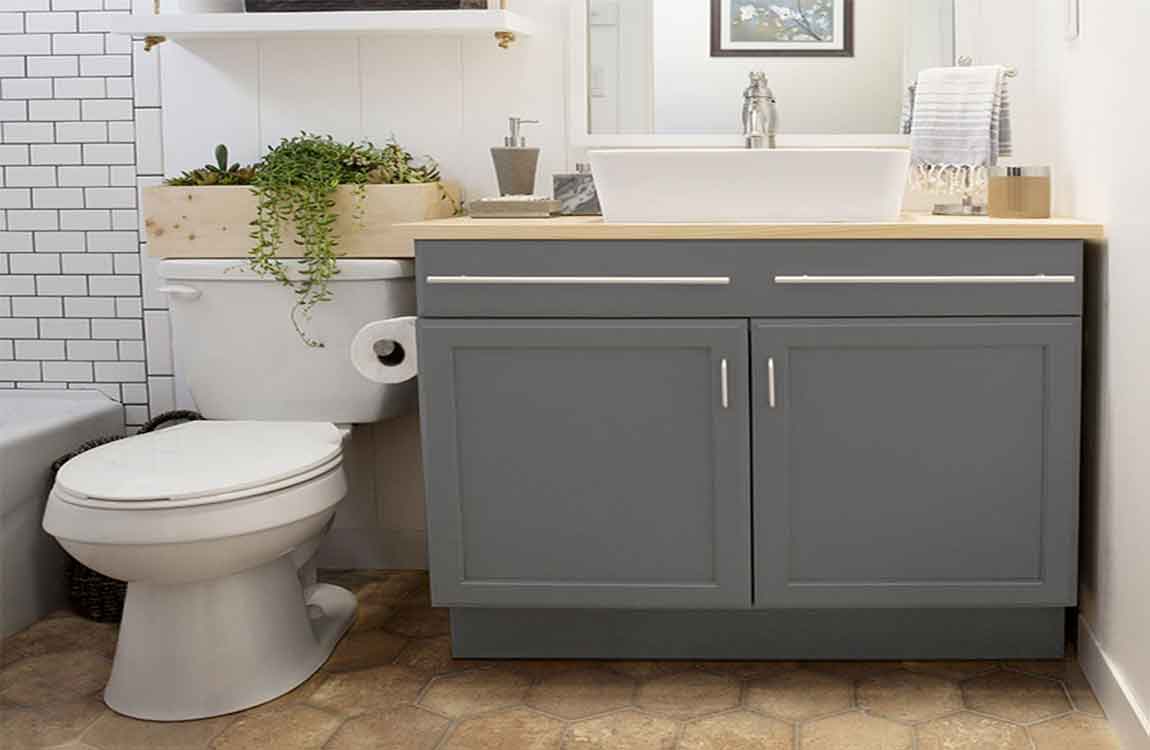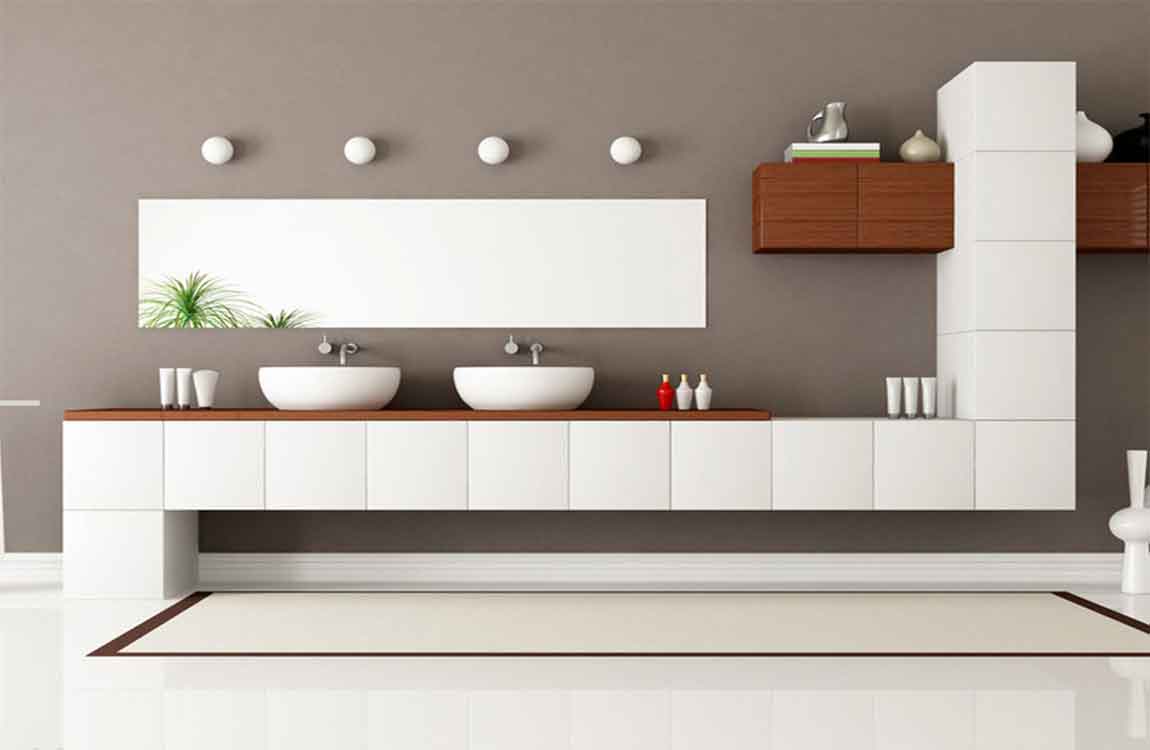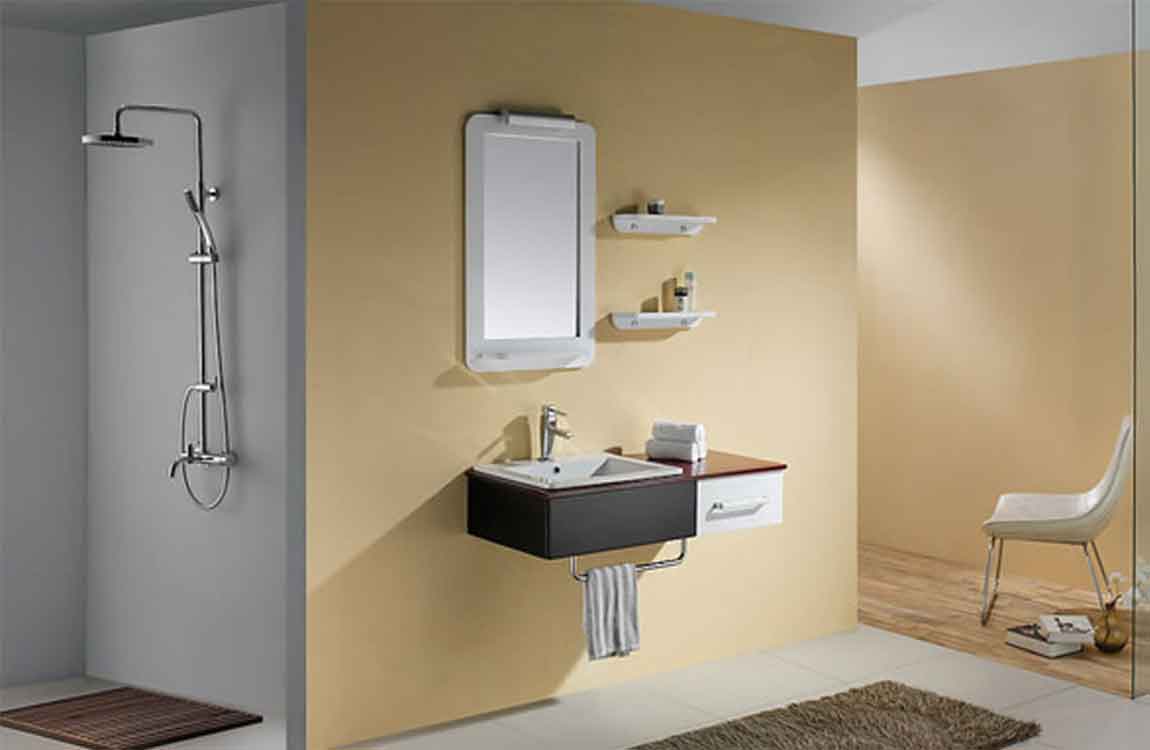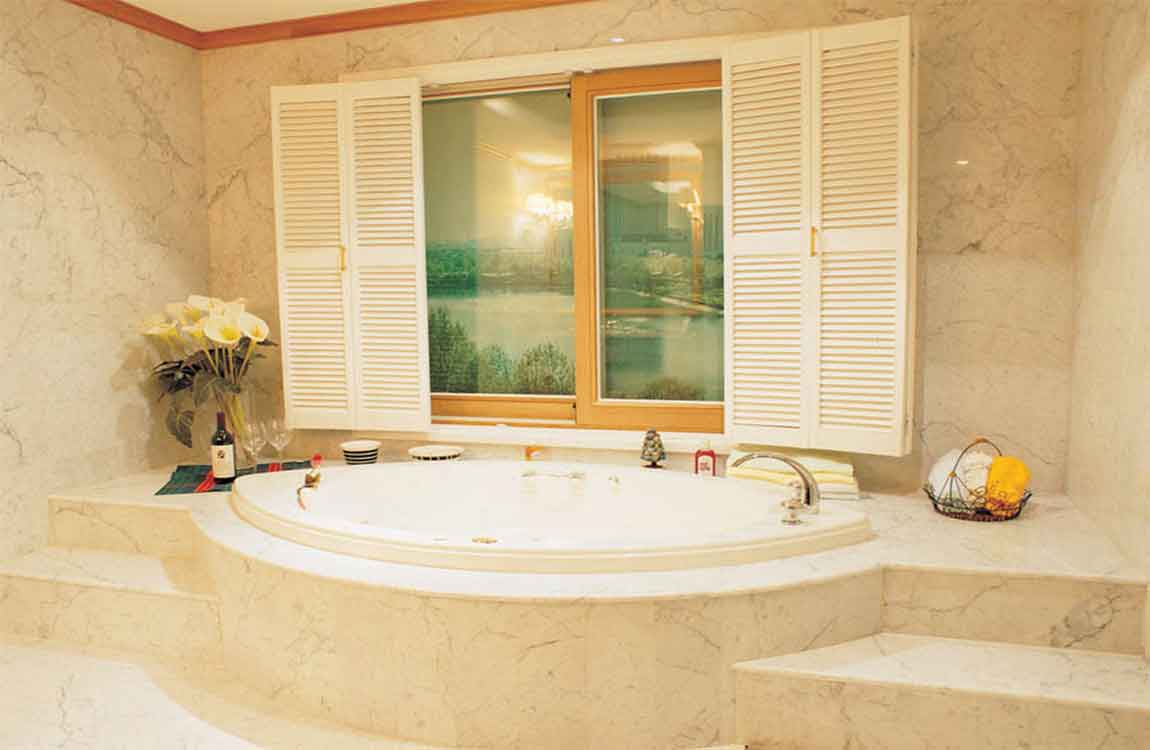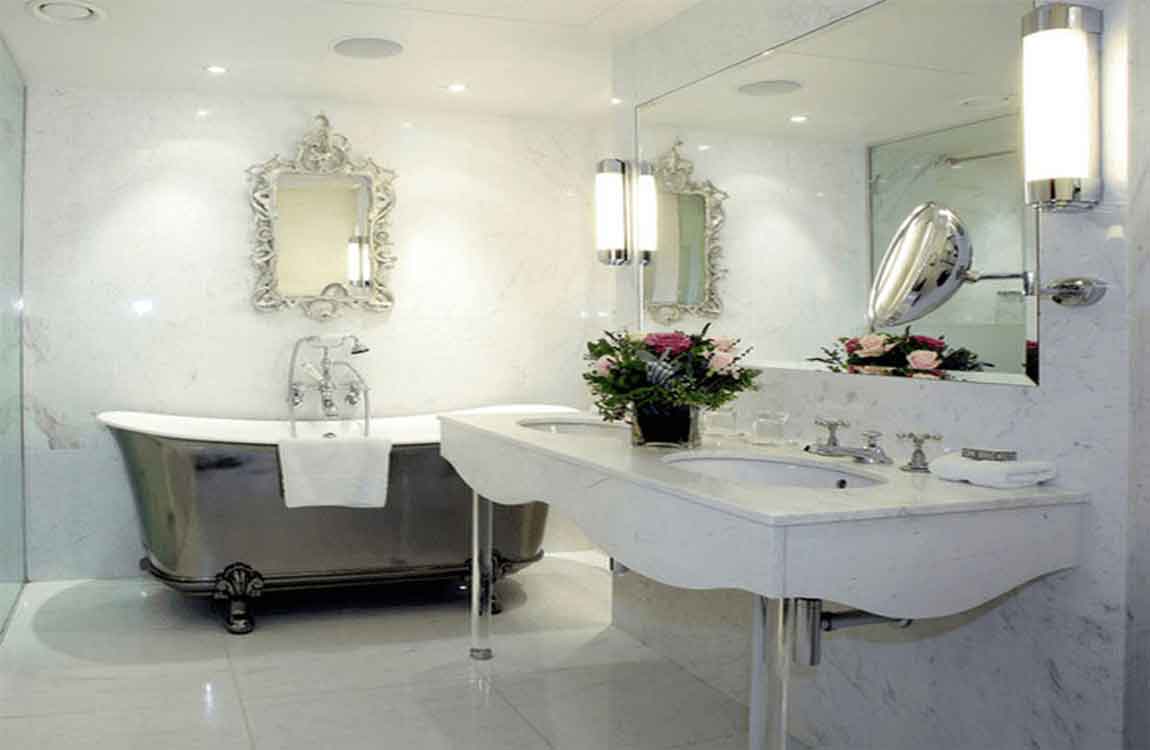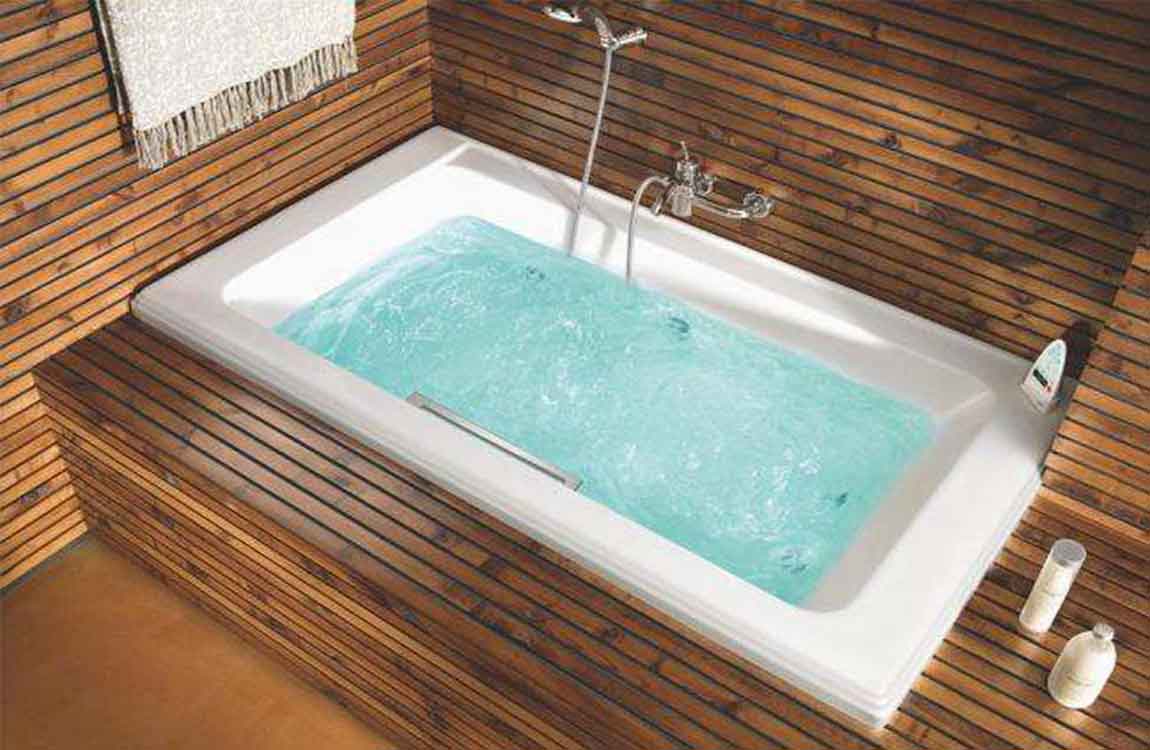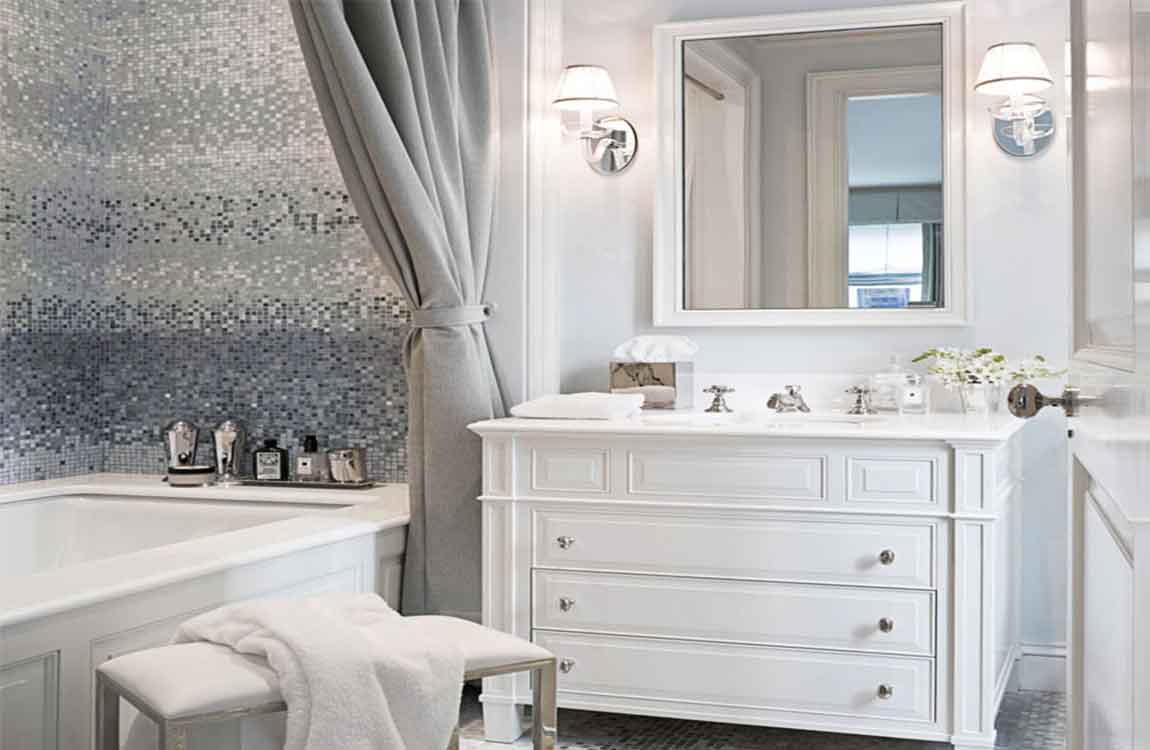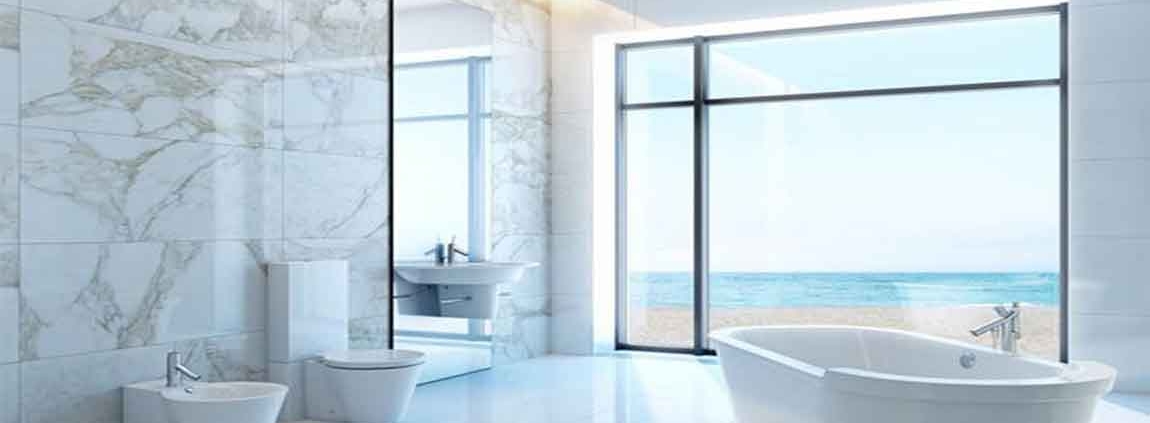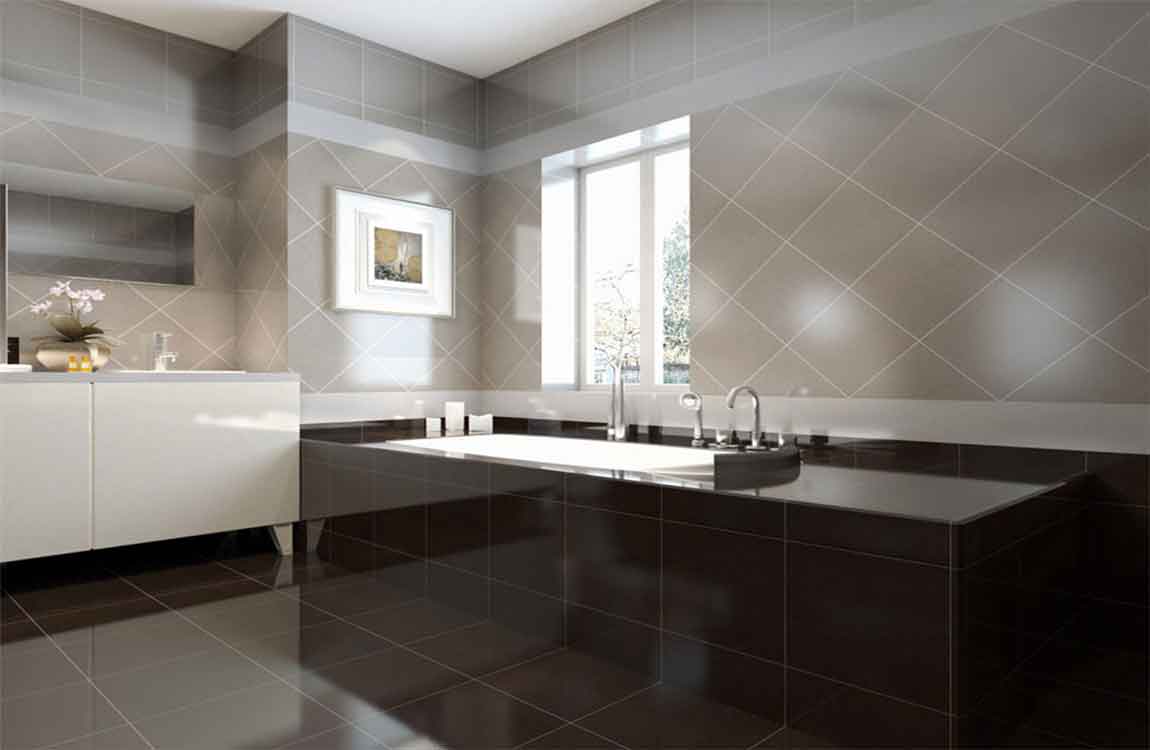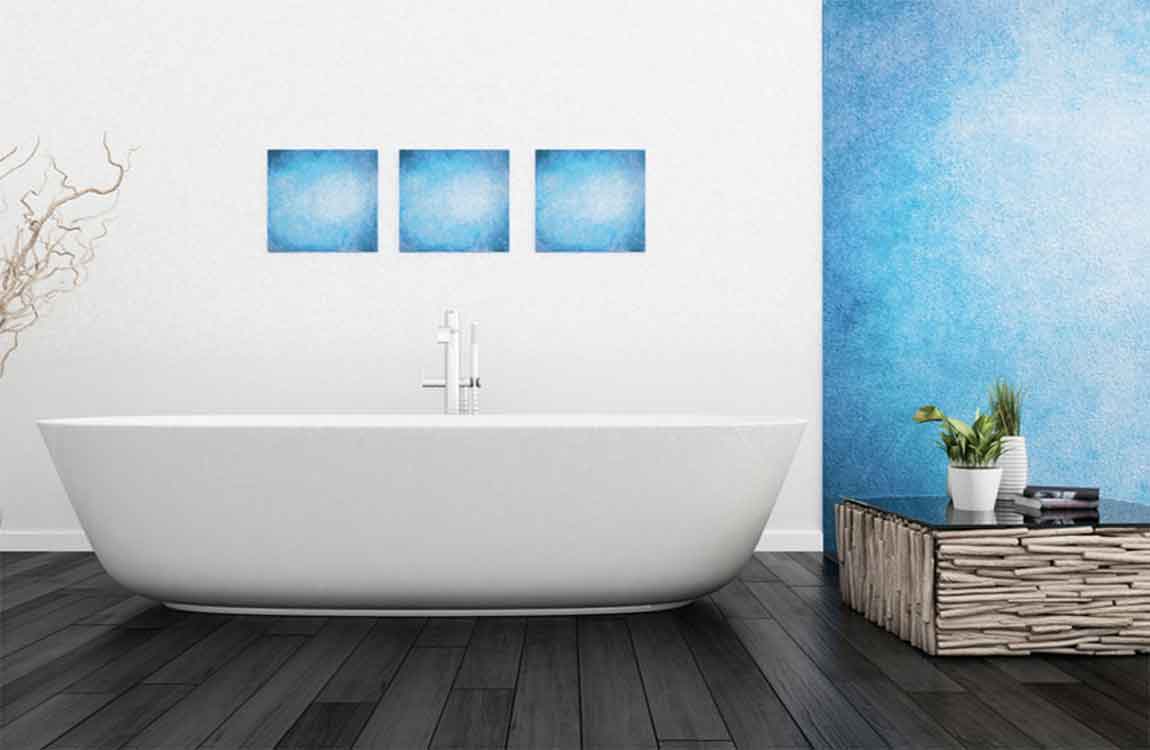How Designing Your Tray?
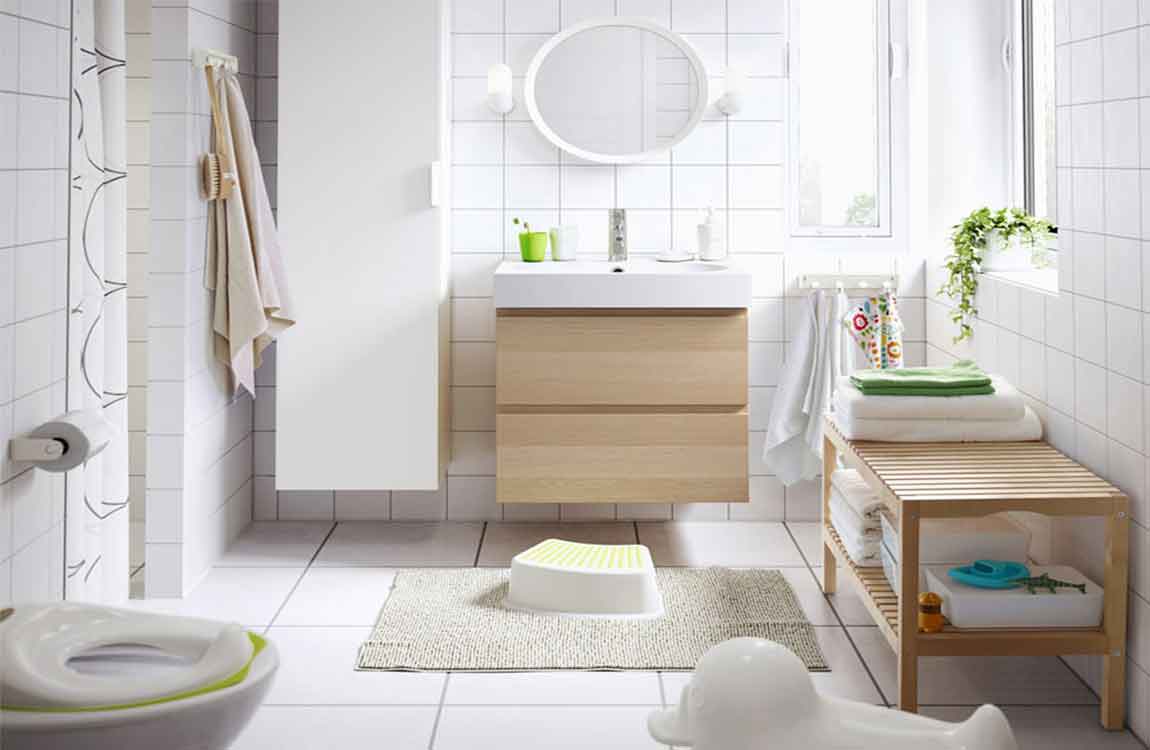
Decide what your tray will hold. First, think about what you intend to keep on your tray during baths and how much space each object will need. Make sure that you use a piece of lumber that is wide enough to hold everything. Allow extra space so nothing is sitting on the edge of the tray. For example: A 1” x 10” (2.5 x 25 cm) board should be wide enough to hold a book, candle, and glass with room to spare.

However, be aware that lumber sizes (such as 1” x 10”) refer to when the wood is freshly cut before it dries out and shrinks. So, if you have something wider than 10 inches that you want to place on your tray, you will need a wider board than a 1” x 10”. Choose how many layers of wood you will need. Decide between making a simple tray with no raised surfaces or one with holders for certain objects.

For the simplest tray, plan on using a single piece of lumber. Or, to minimize the risk of spilling stuff into the tub, purchase a second piece of equal size to create holders before attaching it to the base board. Alternately, you could rim the entire tray by screwing smaller pieces of lumber, like a 1” x 2” (2.5 x 5 cm), around all four edges of the base board instead of creating individual holders.
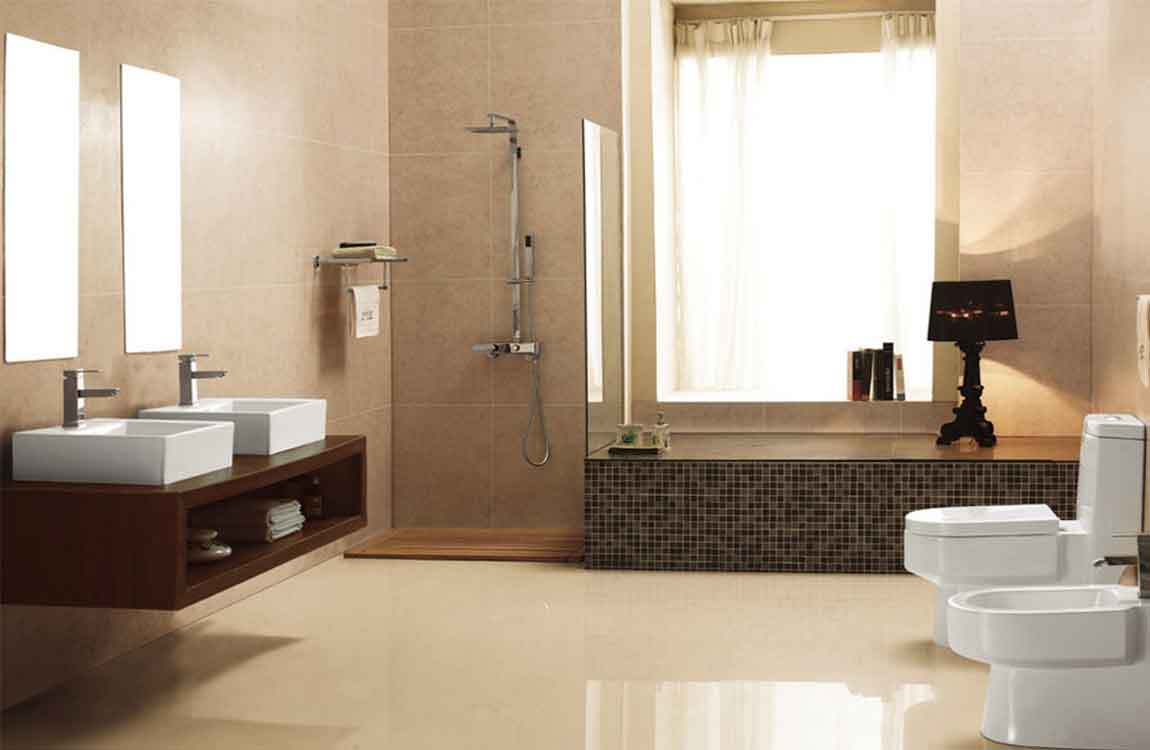
Line the tray with wood trim on each side 1 to 1.5 in (2.5 to 3.8 cm) wider than the tray to have an attractive raised lip. Use a piece of plexiglass as the base layer and a piece of wood the same size on top with holders cut into it. The plexiglass is easy to clean, waterproof, and it will protect the wood.

Measure your tub. Use a measuring tape to determine the width of your tub. Be sure to include the rim on either side, since this is where your tray will rest. Also double-check that the rim on either side is level with each other. Surround units (where the tub and the shower stall are all one unbroken piece) may incorporate designs without a level rim on the inside of the stall.

